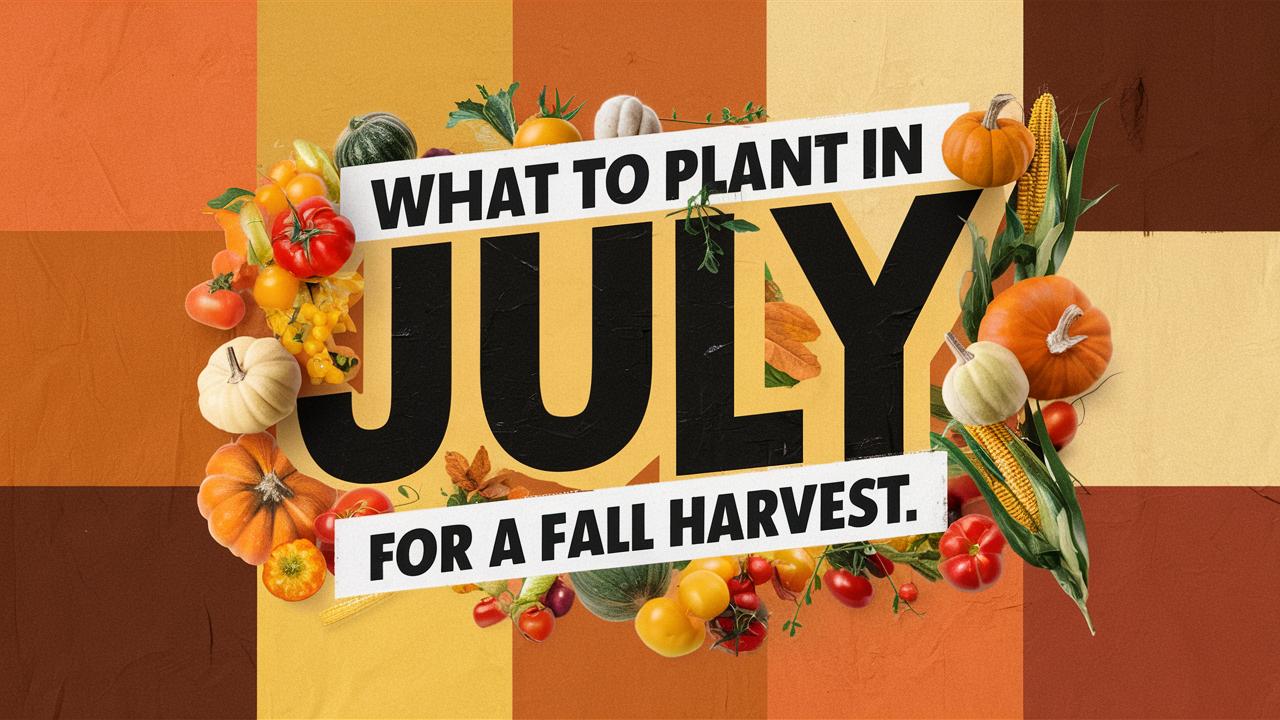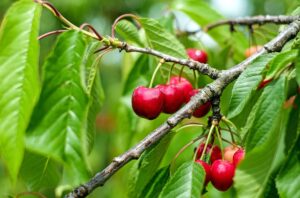In this guide, we’ll explore some of the best options for planting in July to ensure a bountiful fall harvest.
Radishes
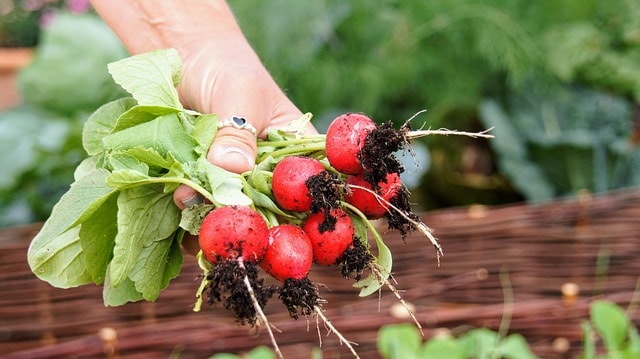
Radishes are one of the quickest options you can consider for a July planting. With their rapid growth cycle, many varieties can be ready to harvest in just 25 to 30 days. This makes them ideal for summer planting, as you can sow them directly into your garden soil. Radishes thrive in cooler temperatures, so getting them in the ground in July sets them up perfectly for a fall production.
Whether you choose classic red globes or more colorful varieties like the watermelon radish, be sure to plant them in well-draining soil with plenty of sunlight. The crisp, peppery flavor they develop is a refreshing addition to salads and can be enjoyed raw, pickled, or roasted. A little tip? Plant them in intervals every week or so to ensure a continuous harvest throughout late summer and fall.
Lettuce

Lettuce, a classic salad staple, is another fantastic option to consider in July. Planting lettuce now can provide you with tender, crisp greens just as the temperatures start to cool off in late summer and fall. There are numerous varieties to choose from, including romaine, butterhead, and loose-leaf types.
When planting lettuce, opt for a location with partial shade, as the intense summer sun can cause premature bolting. Consider choosing heat-tolerant varities that hold up well in warmer temperatures. Make sure to keep the soil consistently moist, as lettuce thrives in humid conditions. By the time September rolls around, you can look forward to lush, vibrant salads bursting with flavor right from your garden.
Bush Beans
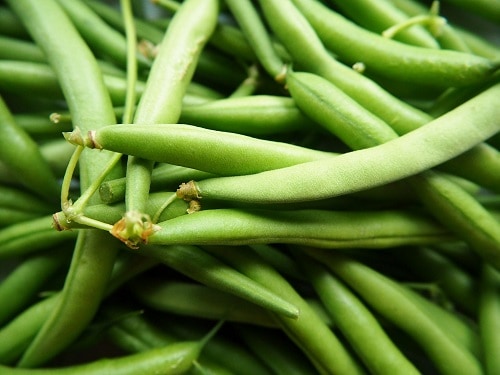
Bush beans are a reliable and productive crop to plant in July. Unlike pole beans that require support, bush beans are compact and grow directly from the soil, making them a great option for gardeners with limited space. They typically mature in about 50 to 60 days, which means you can enjoy a generous harvest by late summer.
Bush beans prefer full sun and well-draining soil enriched with organic matter. They are relatively low-maintenance and can offer you a bounty of beans perfect for fresh eating, canning, or freezing. Plus, bush beans are known for their nitrogen-fixing abilities, so they can naturally enhance the soil quality for future crops. Choose from a variety of bean types like green beans or wax beans to add diversity to your harvest.
Cucumbers
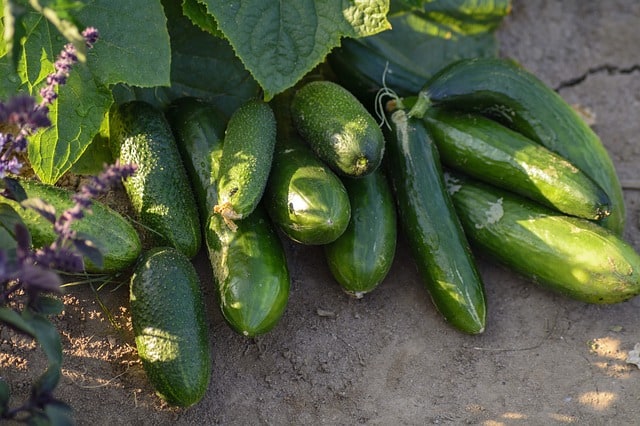
July is an opportune time to plant cucumbers, especially if you’re looking to enjoy fresh pickles or salads in the fall. Fast-growing varieties can often be harvested within 50 to 70 days, so you still have plenty of time before the weather turns cooler.
Cucumbers thrive in warm weather; however, they do enjoy some afternoon shade as temperatures peak. Plant them in rich, well-draining soil and ensure they receive adequate moisture. As they grow, providing a trellis for climbing varieties can help reduce space and make harvesting easier. With proper care, you can expect a rewarding abundance of crunchy cucumbers just as summer gives way to fall.
Spinach
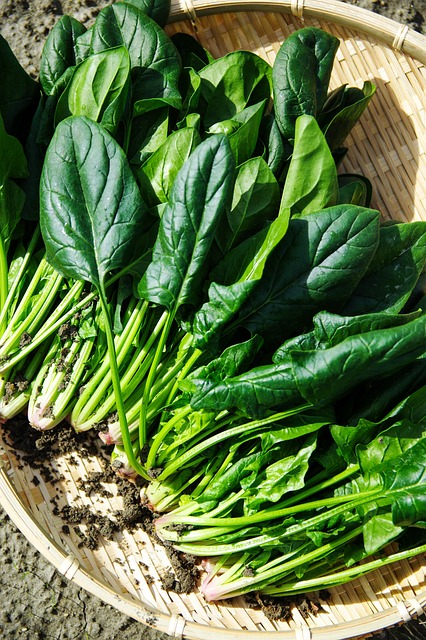
Spinach is a cool-season green that can be directly sown in July for a delightful fall harvest. This nutritious leafy green is not only packed with vitamins, but it’s also a versatile ingredient that can be used in salads, smoothies, and numerous cooked dishes.
For optimal growth, spinach prefers fertile soil and consistent moisture. Plant them in a location that receives some morning sun with afternoon shade to keep them from bolting in the heat. Spinach seeds can germinate quickly, usually within a week, and can be ready for the dinner plate within 40 to 50 days. The crisp, tender leaves taste particularly wonderful when harvested fresh and can even withstand light frosts, enhancing their sweetness.
Beets

Beets planted in July will give you a vibrant fall harvest that is as nutritious as it is beautiful. Rich in vitamins and minerals, these root vegetables can be enjoyed roasted, pickled, or as part of a fresh salad. Beets take about 50 to 70 days to mature, making early July an optimal time to plant.
They grow best in well-drained, sandy loam soil and appreciate consistent moisture. For those with a small garden, beets are ideal because they don’t require a lot of space. If you’re feeling adventurous, try mixing different varieties like Chioggia, which has stunning pink and white concentric circles when sliced. Not only will your garden look stunning, but you’ll also have a fantastic source of delicious, earthy flavors come fall.
Carrots
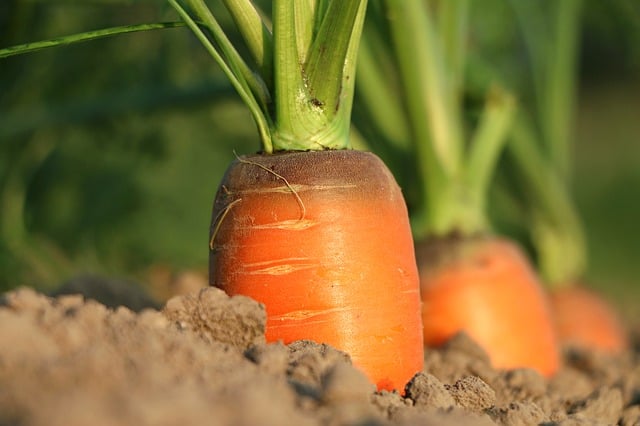
For a sweet supply of carrots in the fall, July is the perfect month to sow seeds directly into the soil. These root vegetables generally take 70 to 80 days to reach maturity, so mid-July plantings provide ample time before the cooler weather sets in.
Carrots thrive in well-tilled, loose soil that allows their roots to grow uninterrupted. They can be planted in rows and covered lightly with soil, making sure to keep them well-watered during their development. Select from a variety of colors and sizes, as carrots come in orange, purple, and yellow hues, each providing a slightly different flavor profile. Harvest your carrots in late September for a crunchy addition to both raw and cooked dishes.
Swiss Chard
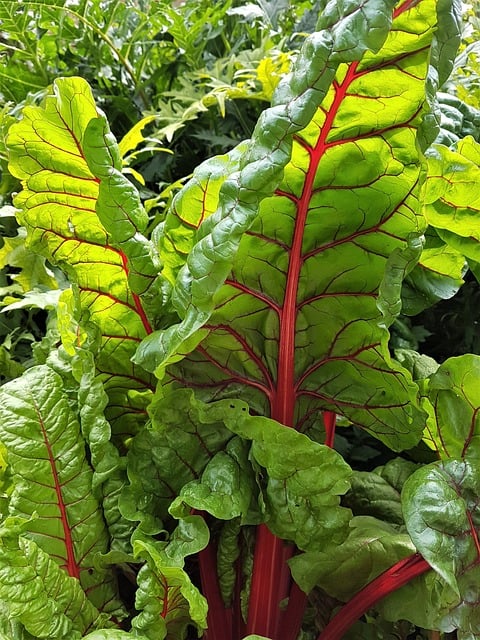
Swiss chard is an excellent leafy green that you can plant in July for a vibrant fall harvest. With its strikingly colorful stems and broad leaves, this vegetable not only adds visual appeal to your garden but also to your plates. Swiss chard thrives in cooler weather and can tolerate light frosts, making its planting in July particularly advantageous.
Plant Swiss chard in well-drained, nutrient-rich soil and provide enough sunlight. This leafy green will continuously produce if you harvest it correctly, so feel free to snip off outer leaves while allowing the center to keep growing. Whether sautéed, used in salads, or added to soups, Swiss chard is as delicious as it is versatile, making it a perfect addition to your fall menu.
Turnips
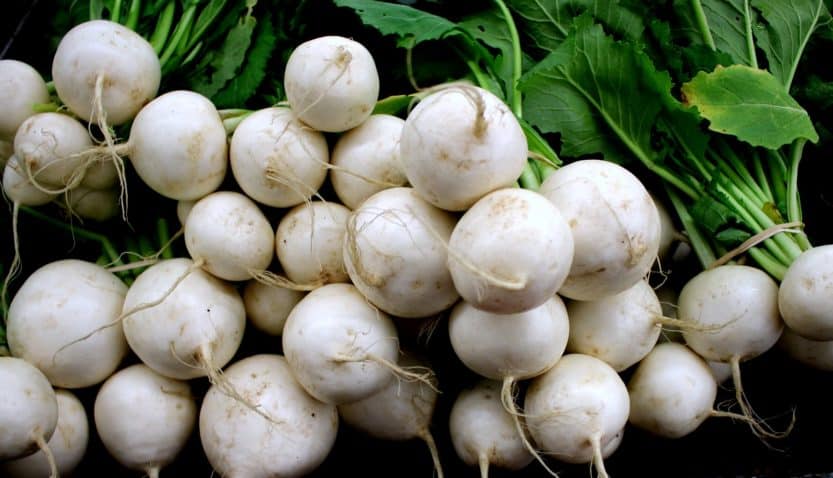
Turnips can often be overlooked, but they are an excellent choice to plant in July for a satisfying fall harvest. Fast-growing and cold-hardy, they require just about 30 to 60 days to mature, depending on the variety.
They grow well in cooler soil temperatures, and light frosts can enhance their sweetness. Plant them in well-draining soil in a sunny spot, and remember to thin them out as they grow to allow for ample spacing. The greens of turnips are equally edible and can be enjoyed in salads or sautéed. Both the roots and the greens provide a nutritious boost to your meals as summer transitions into fall.
Kale

Kale continues to rise in popularity for its health benefits and versatility in cooking, making it the perfect fall crop. Planting kale in July allows for a robust harvest just in time for the cooler weather, with peak flavor typically achieved after a light frost.
Choose a location with full sun and well-drained soil for your kale. This leafy vegetable can be sown directly into the ground or started indoors and transplanted later. Kale comes in various types, including curly, flat, and ornamental varieties that can make your garden look stunning. Harvest younger leaves for a tender crop or allow the leaves to mature for a more robust flavor.
Bok Choy
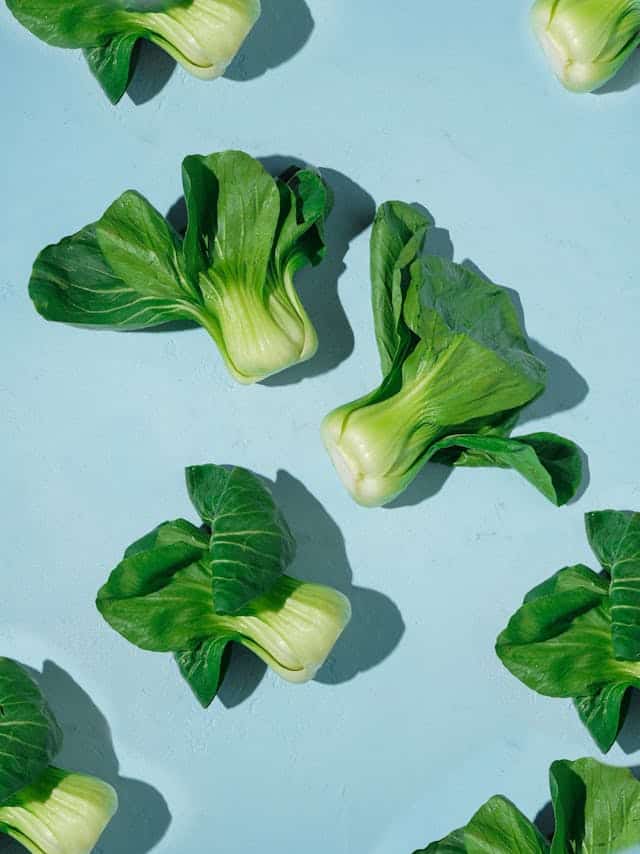
Bok choy is a fantastic choice for planting in July, especially if you enjoy Asian cuisine. This versatile green has a short growing cycle of about 40 to 60 days, making it an excellent candidate for fall harvesting.
Bok choy prefers cooler conditions, so sowing in July allows the plants to develop fully before the winter weather. They thrive in rich, well-drained soil and need consistent moisture to avoid bolting. Use bok choy in stir-fries, soups, or salads for a crunchy, nutritious element that will surely satisfy.
Peas
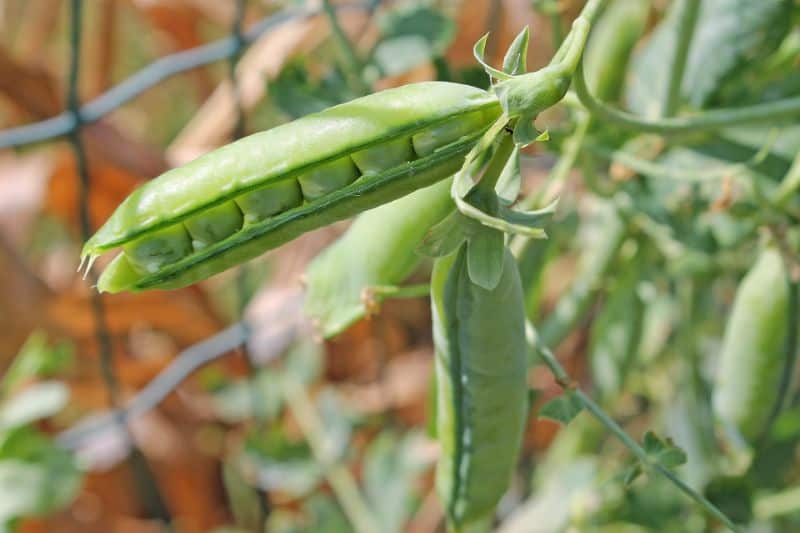
While traditionally a spring crop, planting peas in July for a fall harvest can yield rewarding results, especially in milder climates. With a growing cycle of 60 to 70 days, these lovely legumes will be ready to pick right before the chill of winter sets in.
Opt for varieties such as sugar snap or snow peas for the best results. Peas enjoy cooler weather and can benefit from being trellised, allowing for better airflow and easy harvesting. Rich in protein, peas can be eaten fresh from the garden, added to soups, or frozen for later enjoyment.
Collard Greens

Collard greens are a nutritional powerhouse and a perfect option for planting in July. With their robust leaves, they thrive in cooler temperatures and can be harvested throughout the fall. This leafy green is particularly popular in Southern cooking and is delicious when cooked slowly with savory flavors.
Collard greens do best in full sun but appreciate moisture-rich soil. Start by sowing the seeds directly into the ground. These greens can withstand frost and even improve in flavor after exposure, making them ideal for a late-season harvest. You can expect a hearty harvest and plenty of nutritional benefits as you enjoy their rich, earthy flavors.
Mustard Greens

Mustard greens are yet another leafy green that flourishes in cooler temperatures. Planting them in July can provide a delightful sharpness to your fall harvest. With a growth cycle of about 30 to 60 days, they will be ready for harvest while the weather is still pleasant.
They thrive in well-drained soil and appreciate full sun. The peppery flavor of mustard greens lends itself well to salads and cooked dishes. Don’t hesitate to use them in wraps or as a substitute for lettuce in sandwiches; their texture and taste can elevate any meal.
Broccoli

Broccoli is a wonderful addition to your late-summer garden and is perfect for planting in July for a delicious fall harvest. Broccoli takes about 70 to 100 days to mature, depending on the variety, making it timely to get these seedlings started in mid-summer.
They thrive in full sun and nutrient-rich soil, and planting them now ensures that you’ll enjoy fresh florets before the first frost. Consider starting them indoors before transplanting to give them a head start. Broccoli is not only a tasty vegetable but also packed with essential nutrients. Enjoy fresh or steamed, or use them in stir-fries for a vibrant touch.
Cabbage

Cabbage is another vegetable that benefits from July plantings, especially if you enjoy hearty salads or sides in the fall. Cabbage can take between 70 to 100 days to mature, depending on the variety.
To cultivate a successful crop, plant seeds in well-prepared soil in a location that receives full sunlight. The sturdy heads grow best in cooler temperatures, so a mid-summer planting will ensure a delicious harvest come fall. Cabbage can be eaten raw, fermented, or cooked, making it a wonderfully versatile addition to your kitchen.
Cauliflower
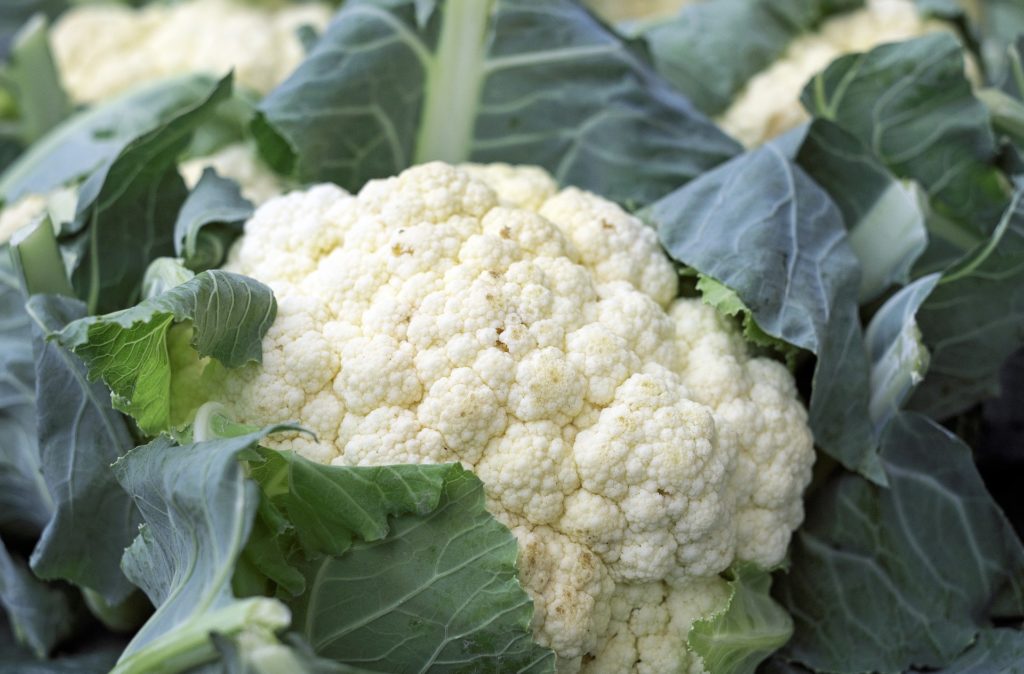
Cauliflower deserves its own shout-out as a beloved member of the cruciferous vegetable family. Planting this versatile vegetable in July allows you to enjoy fresh heads in the fall. Cauliflower typically takes about 80 to 100 days to reach maturity, so timely planting is essential.
For optimal growth, provide nutrient-rich soil and consistent moisture. Cauliflower enjoys cool weather and should be treated delicately to retain its beautiful white heads. Enjoy steamed, roasted, or in various dishes. Finding the right balance of water, nutrients, and care will reward you with a bountiful cauliflower harvest.
Summer Squash
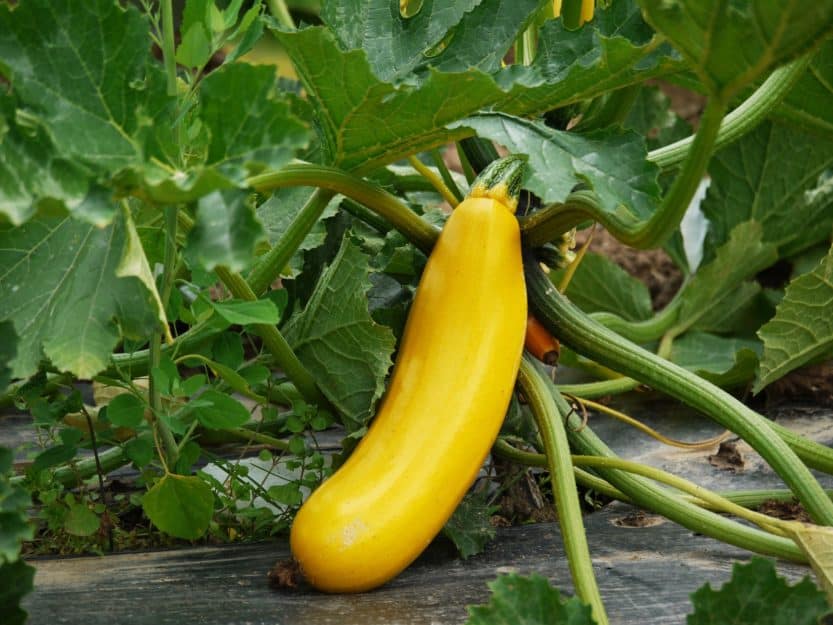
Summer squash varieties, including zucchini and yellow squash, can thrive with a July planting for a fun, fruitful harvest. With a quick growth cycle of about 50 to 70 days, you’ll be able to enjoy vibrant, fresh squash in the fall.
These plants prefer full sun and fertile, well-drained soil. Summer squash can be a bit less forgiving when it comes to water – be sure to keep the soil consistently moist but not over-saturated. They are a versatile ingredient and can be grilled, baked, or sautéed, making them a fantastic culinary staple.
Basil
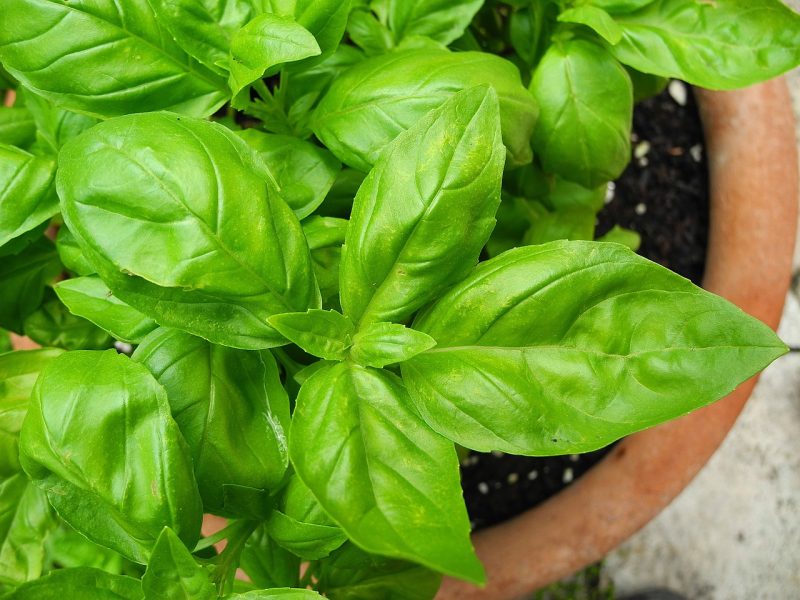
Basil is an aromatic herb perfect for planting in July for a flavorful fall harvest. While not a vegetable, it’s an essential addition to numerous culinary dishes and bears whiskers of fresh flavor that can elevate any meal. Basil typically grows quickly, maturing in about 60 days, making a July planting just right.
Choose a sunny spot and well-drained, nutrient-rich soil for your basil plants. Regular harvesting encourages bushier growth, and the fresh leaves can be used in sauces, salads, or as a delicious garnish. Remember to propagate your basil by pinching off flower buds to keep the flavor robust and prevent the plant from going to seed.
Dill
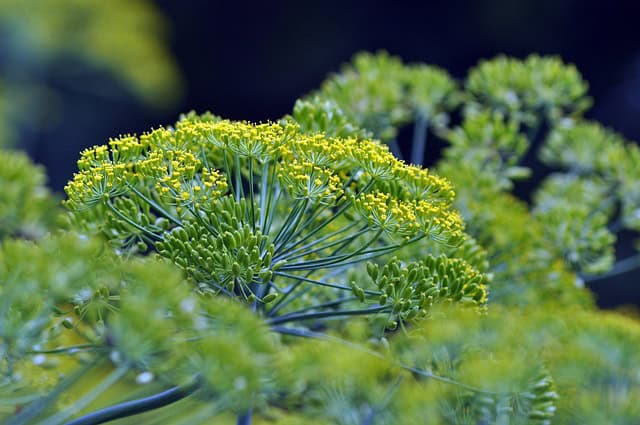
Dill is a unique herb that can also be planted in July for fresh use in season. With a growing cycle of about 40 to 55 days, it’s ready to harvest just in time for preserving and pickling your summer produce.
This aromatic herb flourishes in well-drained soil and full sun. Dill is known both for its flavor and its ornamental qualities; its feathery fronds can add beauty to your garden. Use fresh dill in salads, dressings, or on fish to add a touch of brightness to your meals.
Cilantro
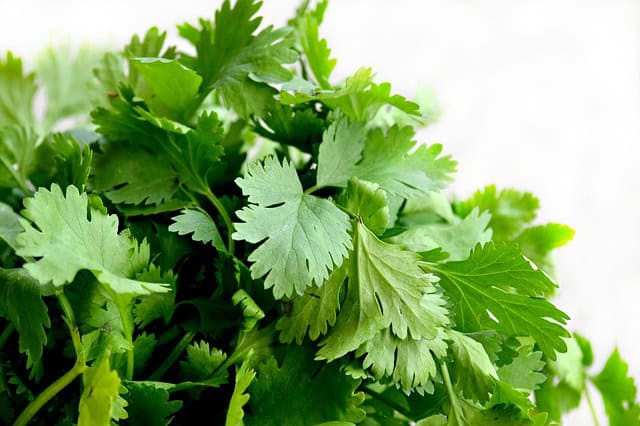
Cilantro is a flavorful herb that can be planted in July for fall harvesting. It grows quickly – usually within 30 to 45 days – allowing you to enjoy fresh leaves before it bolts in warmer temperatures.
Cilantro prefers well-drained soil and enjoys cooler weather, making July plantings perfect for late-summer production. Incorporate cilantro into salsas, salads, and many Asian dishes for an aromatic flavor boost. Additionally, the seeds of cilantro can be harvested as coriander, providing multiple uses from one plant.
Zucchini
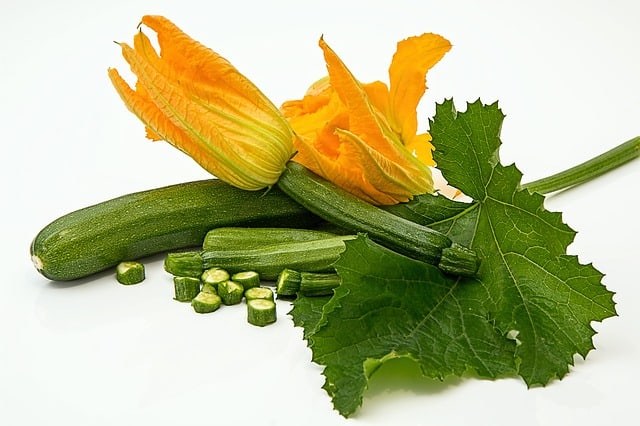
Last but not least, zucchini is an incredibly popular summer squash known for its versatility in cooking. July is a prime time to sow zucchini seeds, as they grow quickly – typically maturing within 50 to 70 days.
Zucchini grows best in warm soil and full sunlight, and it thrives with proper watering. Once harvested, zucchini can be prepared in countless ways: grilled, sautéed, spiralized, or baked. This resilient plant often produces more zucchini than one might expect, making it a worthwhile addition to any garden.


